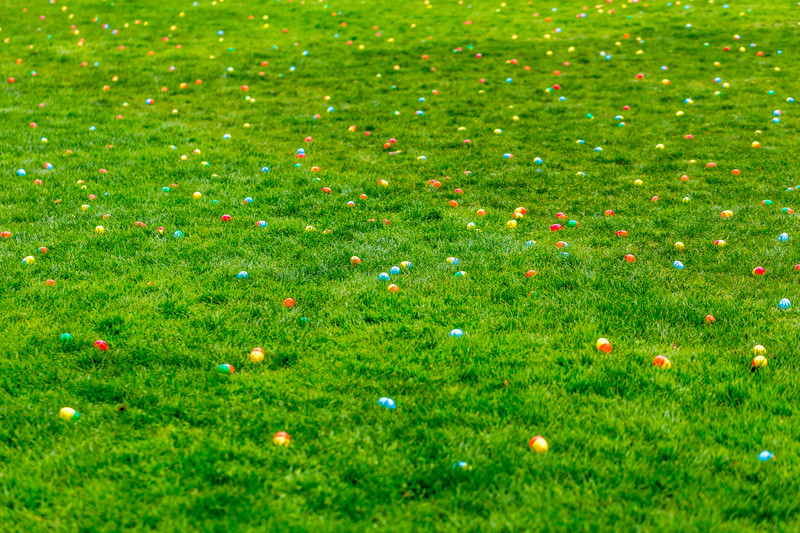Elizabeth Shown Mills

In the grand scheme of things, what matters in a source citation?
In another forum recently, a researcher shared a bit of frustration. To paraphrase, with a bit of elaboration: EE is way too big. It has too many options. Sometimes, it shows a dozen different ways to cite just one kind of record. Why can’t we just have one format for a probate record, one for a marriage record, and one for a court case? Nobody can memorize a thousand different models!
But, of course, citation is not about memorizing a pattern or replicating some formula. Citations exist to help us reach sound conclusions about our evidence. That magic doesn’t happen just because we’ve found a model to follow. It happens when we understand the reason why our citation needs to include this or that.
What matters is that understanding.
Sources come in endless forms, as well as types. There’s not just one kind of probate record. Or marriage record. Or court record. Records may be bound in books or kept as loose papers in a packet. They may be held by the person or agency who created them. Or they may be part of a collection, that's part of a series, that's part of a record group in a distant archive. Any record could be published or unpublished. It could be imaged on film in a library where it's nicely cataloged. Or we may find it online where it's buried amid billions of other records at a monster site. Details might have been cherry-picked willy-nilly out of the document for publishing in a book or for inclusion in a database.
Understanding the nature and quirks of records has a powerful impact upon the conclusions we reach from the information each record contains.
When we feel confused about all the citation options that exist, odds are good that our judgments about the record and its information will also be confused. For certain, the fun of research is the hunt, the excitement of a find. But amid our quest for more stuff—more, more, more!—we will make faster progress, and ensure that our conclusions stand the tests of time, if we take the time to study the principles that make historical research a discipline instead of an Easter Egg hunt.
17 August 2015
PHOTO CREDITS: "Easter Egg Hunt," CanStock Photos (http://www.canstockphoto.com/images-photos/easter-egg-hunt.html#file_view.php?id=25136234 : accessed 13 August 2015), csp25136234, uploaded by pngstudio 17 February 2015; used under license.